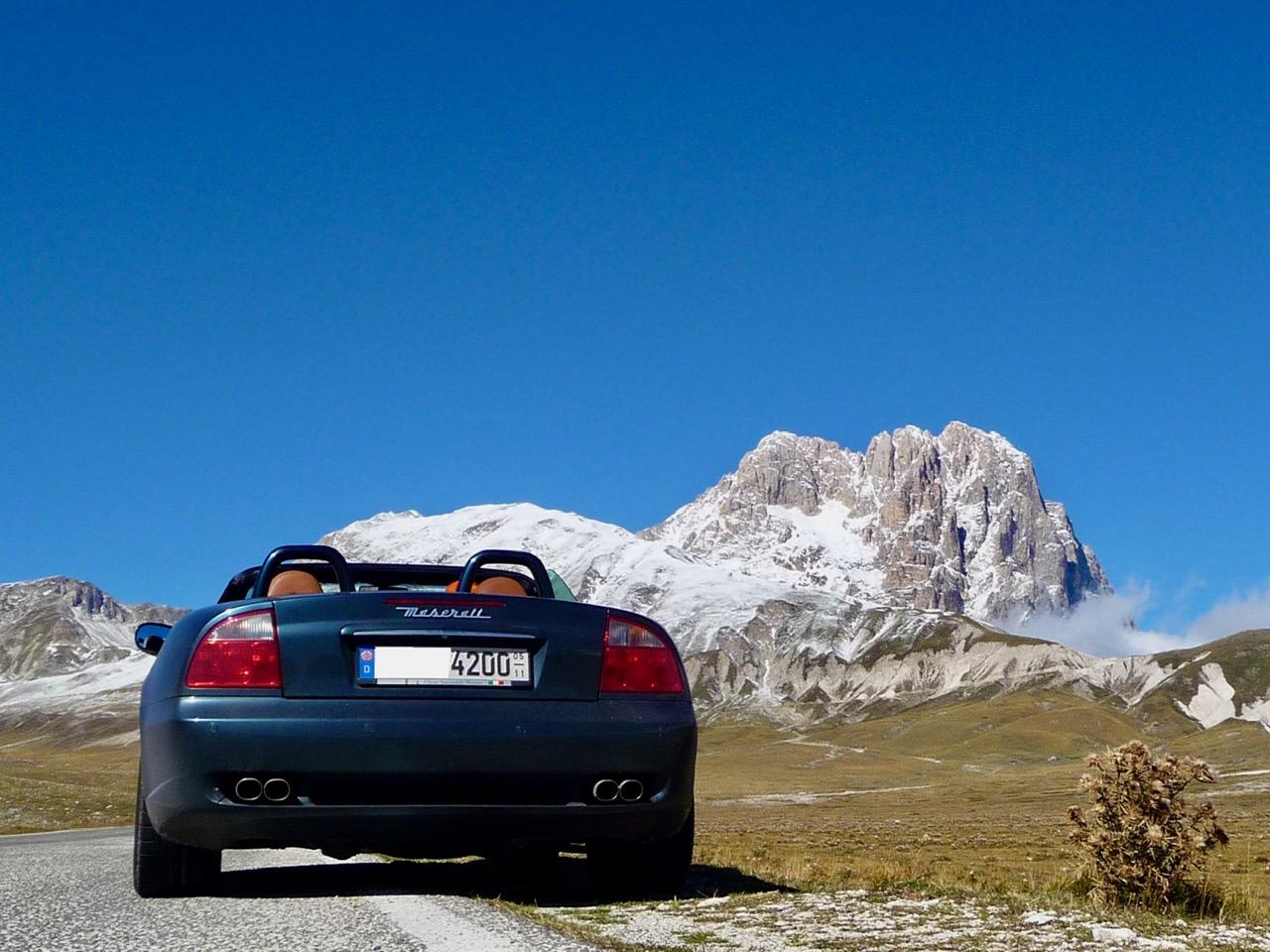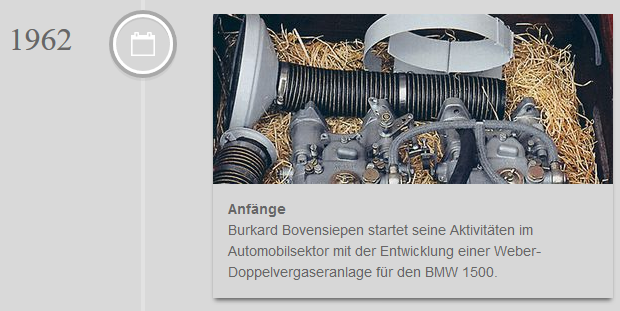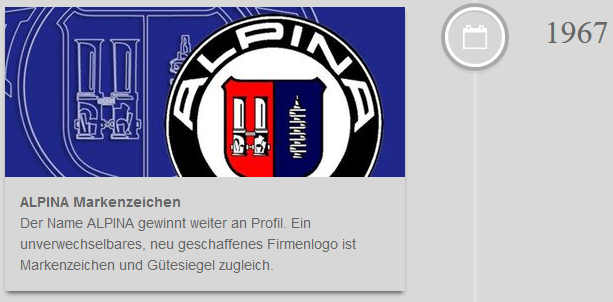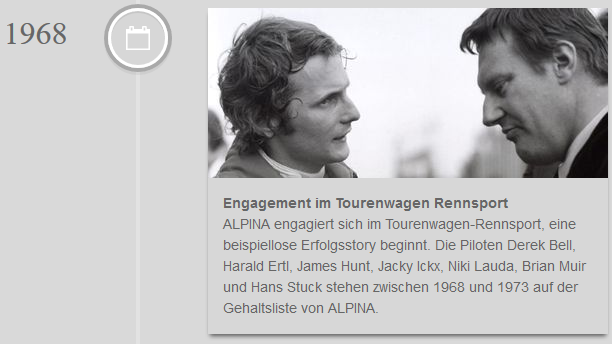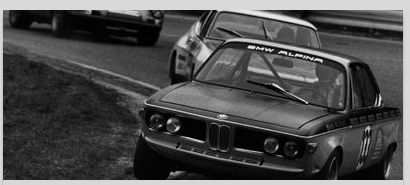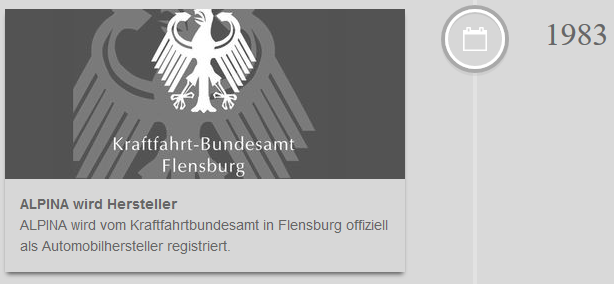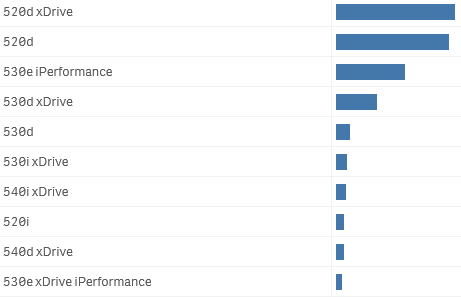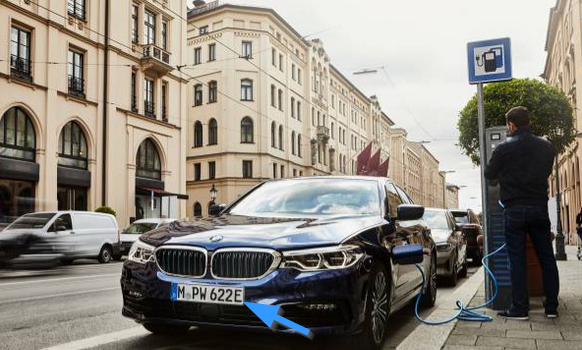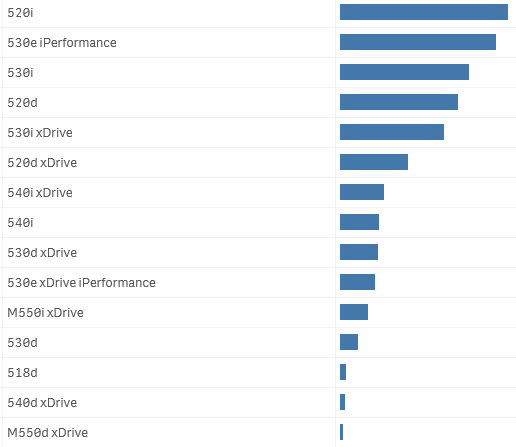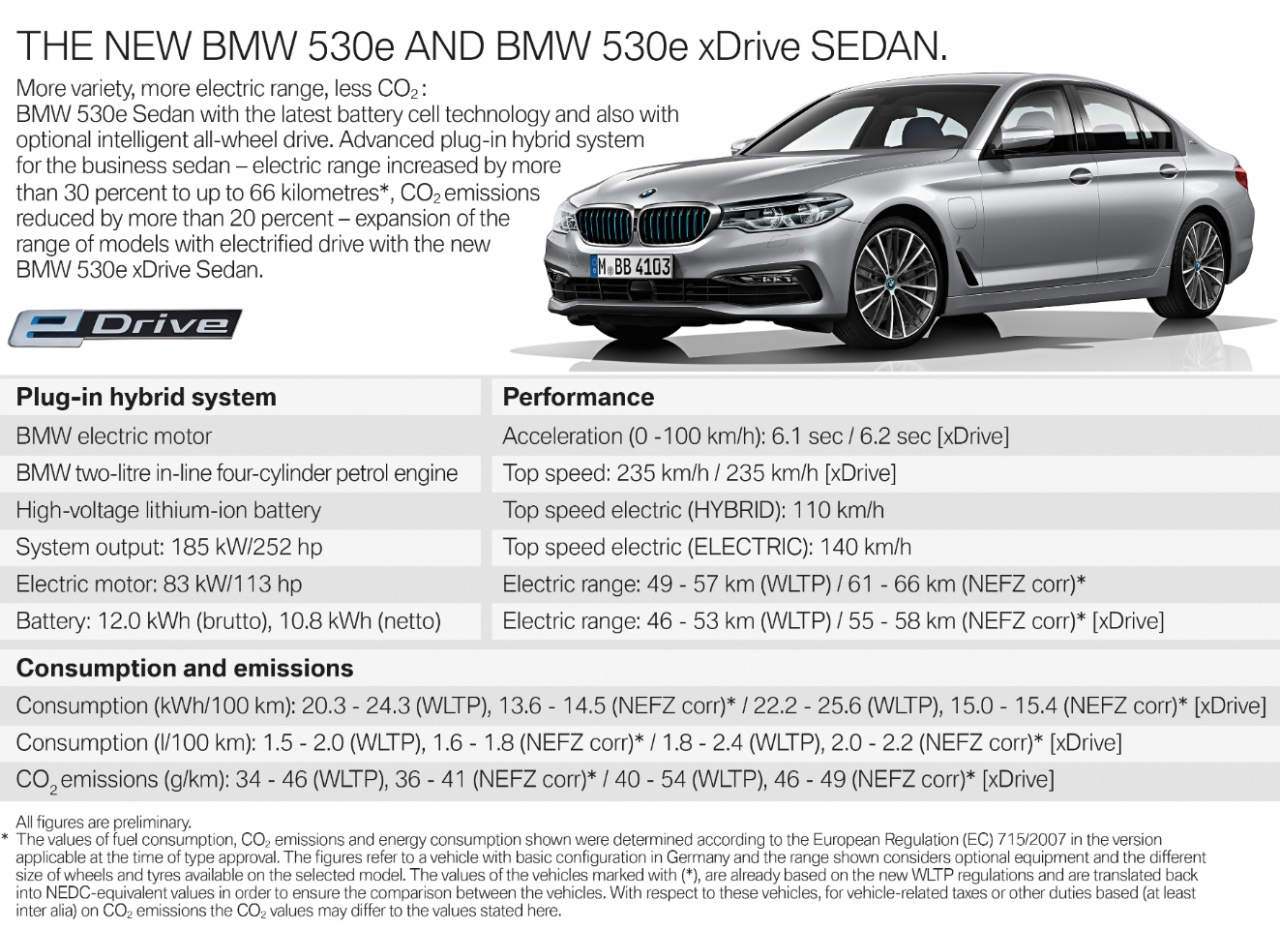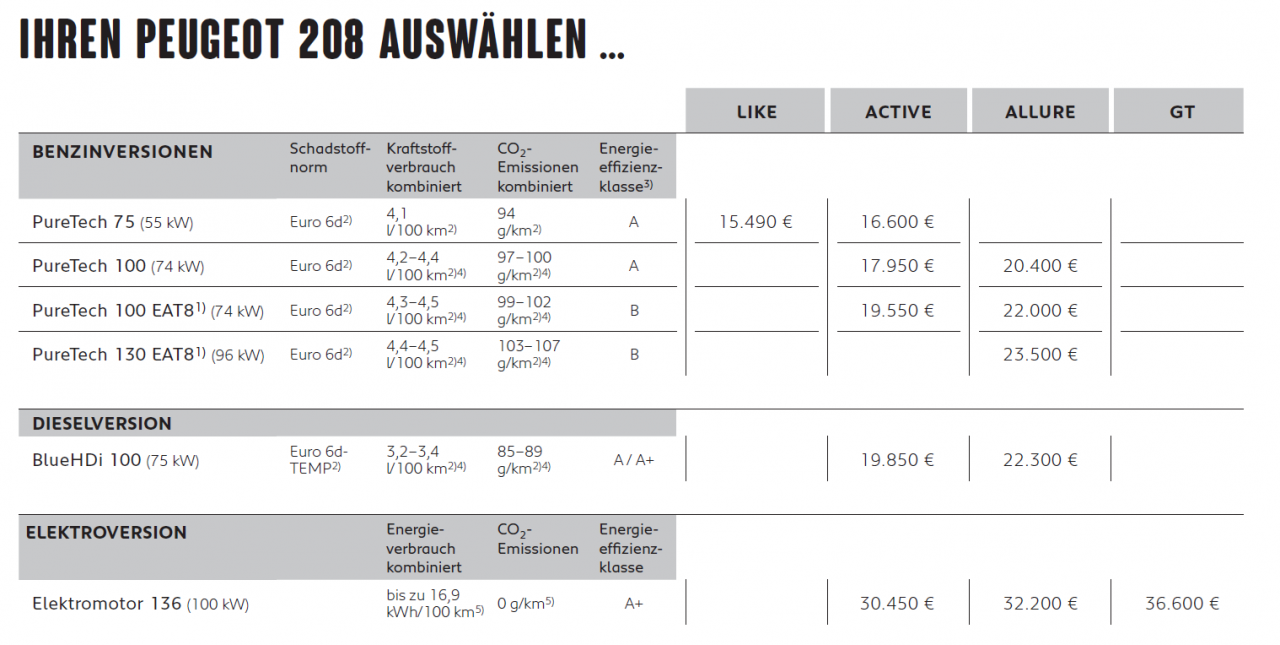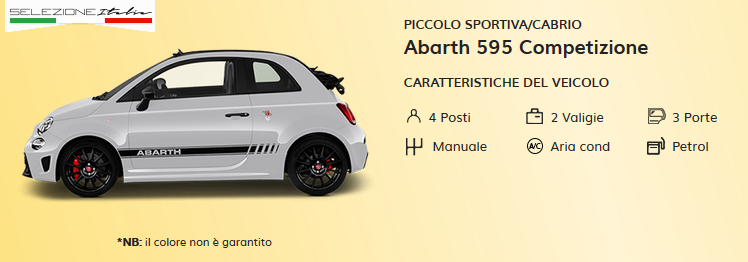-
Numero contenuti pubblicati
12968 -
Iscritto il
-
Ultima visita
-
Giorni Massima Popolarità
56
Tipo di contenuto
Forum
Galleria
Calendario
Download
Articoli del sito
Store
Blog
Tutti i contenuti di 4200blu
-
Il inizio 1962 con un doppio carburatore Weber per la BMW 1500 1967 il Logo proprio da 1968 con Niki Lauda (Derek Bell e altri..) i primi vittorie nel touring championship europeo 1978 i primi sviluppi indipendenti (motore BMW con iniezioni proprie e turbo) 1984 Alpina cambiera lo status da preparatore a produttore di automobile (come piu tardi anche AMG) In poi hanno ricevuto da molti anni carozzerie e componenti di BMW e hanno montato tutto con la loro meccanica nella fabricca a Buchloe. Da qualche anni il via e viceversa, le Alpina sono montato sulle linie BMW e Alpina fornisce tutti i componenti specifiche a BMW e BMW monta tutto su commissione di Alpina. Anche oggi i Alpina hanno numeri telai stessi, in senso della registrazione non sono BMW.
- 12 risposte
-
- 2
-

-
- alpina b8 gran coupe
- alpina b8
- (e 5 altri in più)
-
molto probabile non abbastanza richiesta per una 530i TP, le quote per modello (top 10 G30) per Italalia saranno cosi:
- 112 risposte
-
- 1
-

-
- serie 5 2017
- bmw serie 5 2017
- (e 10 altri in più)
-
Si hai raggione, SOP era gia 1.7. Ma sembra che molti tra Marzo (Ginerva) e adesso hanno dimenticato questo cambiamento della autonomia, per questo fanno un launch ufficiale ancora. Sopratutto per Germania questa nuova autonomia e molto importante, perche con piu di 50Km autonomia elettrica la macchina ha lo status quo di una elettrica - e per macchine elettriche come aziendale le tasse sono dimezzate. La vecchia 530e ha avuto una targa normale, adesso porta questa "E" in targa per tutti i privileggi dell elettriche (stessa per nuova 225xe, 745e, X5 45e)
- 112 risposte
-
- 2
-

-
- serie 5 2017
- bmw serie 5 2017
- (e 10 altri in più)
-
- 112 risposte
-
- 4
-

-

-
- serie 5 2017
- bmw serie 5 2017
- (e 10 altri in più)
-
secondo me era non solo "non meno"...la Thema turbo i.e. era almeno un mezzo step sopra la W124 con i suoi interni molto scarsi per una Mercedes.
-
530e con batteria potenziata More variety, more electric range, less CO2: BMW 530e Sedan with the latest battery cell technology and also with optional intelligent all-wheel drive. Munich. Premium automobile manufacturer BMW is increasing the efficiency, appeal and variety of its electrified models for the upper mid-range segment. The latest battery cell technology contributes to increasing the electric range of the BMW 530e Sedan plug-in hybrid model to between 61 and 66 kilometres*. In addition, the latest-generation BMW eDrive technology has reduced the combined fuel consumption and CO2emissions levels by more than 20 percent from 1.8 to 1.6 litres per 100 kilometres* as well as by 41 to 36 grams per kilometre*. The combined power consumption of the BMW 530e Sedan is now 14.5 to 13.6 kWh per 100 kilometres*. Parallel to the market launch of the BMW 530e Sedan, the BMW 530e xDrive Sedan is also available immediately (fuel consumption combined: 2.2 – 2.0 l/100 km; combined power consumption: 15.4 – 15.0 kWh/100 km; combined CO2 emissions: 49 – 46 g/km), which combines the advanced plug-in hybrid system with intelligent all-wheel drive. Both plug-in hybrid versions of the BMW 5 Series Sedan profit from the latest advances in the field of battery cell technology for electrified models of the BMW Group. The new lithium-ion high-voltage battery of the BMW 530e Sedan and BMW 530e xDrive Sedan has a gross energy content increased from 9.2 to 12.0 kWh with no increase in physical size. Thanks to this increased capacity, the main share of day-to-day driving can be conducted electrically thereby reducing local emissions to zero. The high-voltage battery is housed space-savingly under the rear seat so that luggage compartment volume compared to the conventionally driven versions of the BMW 5 Series Sedan is limited only to a minimal degree. The storage volume in the BMW 530e Sedan and the BMW 530e xDrive Sedan is 410 litres. The new high-voltage battery can be charged at conventional household sockets using the standard-equipment charging cable. The battery can be charged in less than six hours in this way. At a BMW i Wallbox the respective charging operation takes 3:35 hours. The charging socket is located under a separate flap on the front left side wall of the car. The intelligently controlled interaction between combustion engine and electric motor in the BMW 530e Sedan and the BMW 530e xDrive Sedan achieves an outstanding level of efficiency and provides a distinctive quality of hallmark BMW driving pleasure. The plug-in hybrid system of both models consists of a 2.0 litre 4-cylinder petrol engine with BMW TwinPower Turbo Technology generating an output of 135 kW/184 hp as well as an 83 kW/113 hp electric motor, which is integrated into the 8-speed Steptronic transmission. Together they develop a system output of 185 kW/252 hp along with a maximum system torque of 420 Nm. The BMW 530e Sedan accelerates from 0 to 100 km/h in 6.1 seconds. The BMW 530e xDrive Sedan completes the standard sprint in 6.2 seconds. The top speed of both models is 235 km/h. Intelligent energy management enables optimally efficient operation of the hybrid system. In order to further improve efficiency and driving pleasure, navigation data are also used for determining the ideal operation mode pro-actively. The driver can also influence the drive mode with the eDrive button. In the AUTO eDRIVE standard setting, purely electric driving is possible up to a speed of 110 km/h. After switching to the MAX eDRIVE mode, the BMW 530e Sedan and the BMW 530e xDrive Sedan can even travel at speeds of up to 140 km/h with zero local emissions. An acoustic pedestrian protection function is part of the hybrid-specific standard equipment. When driving electrically with speeds of up to 30 km/h, an unmistakeable sound, designed specifically for electrified BMW models, is generated to alert other road users without impairing the acoustic comfort of the vehicle occupants. The latest-generation battery cell technology optimises both the electric range as well as the overall efficiency of the plug-in hybrid system. In the BMW 530e Sedan, local zero-emission driving is now possible for 61 to 66 kilometres*. The electric range of the BMW 530e xDrive Sedan is 55 to 58 kilometres*. A combined fuel consumption of 1.8 to 1.6 litres per 100 kilometres* (BMW 530e xDrive Sedan: 2.2 – 2.0 l/100 km*), CO2 emissions of 41 to 36 g/km* (49 – 46 g/km*) and power consumption figures of 14.5 to 13.6 kWh per100 kilometres* (15.4 – 15.0 kWh/100 km*) characterise the high efficiency of the electrified drive. Both hybrid variants of the BMW 5 Series Sedan can meet the conditions for reduced company car taxation in Germany (depending on the equipment level) due to their low CO2 emission levels and their large electric range. Only half the gross list price is used as a basis when calculating the monetary benefit from the private use of the company car. The BMW 530e Sedan and the BMW 530e xDrive feature an auxiliary air conditioning system. The interior can be pre-conditioned remotely via BMW Connected using a smartphone. In addition, almost the entire range of 5 Series Sedan optional equipment is available for both plug-in hybrid models. The offer ranges from Adaptive Suspension and light alloy wheels in the sizes 17 to 20 inches to especially stylish and high-quality optional equipment by BMW Individual and the driver assistance systems Driving Assistant Plus and Parking Assistant Plus. BMW Live Cockpit ConnectedDrive with its fully digital display design is also available as special equipment. It includes a high-resolution instrument cluster with diagonal screen dimensions of 12.3 inches behind the steering wheel and a 10.25 inch control display. The scope of customisable displays in the BMW 530e Sedan and BMW 530e xDrive Sedan further include hybrid-specific depictions, which show electric range, charging status, the location of public charging stations as well as other information. BMW plug-in hybrid models offer an array of benefits in everyday use. BMW’s plug-in hybrid drive systems already offer users a host of additional benefits over traditional solutions: Money-saving: Electric driving in urban areas is cheaper than using petrol or diesel if the plug-in hybrid vehicle is charged at home or at the workplace at low cost. Interior always at the right temperature, even before you get in: auxiliary heating and auxiliary air conditioning are fitted as standard. Braking is winning: The battery is charged under braking. In conventional vehicles, braking generates only heat and brake dust. The best of both worlds: Plug-in hybrids provide electric driving pleasure in urban areas and classical BMW driving pleasure over longer distances. Smoothing the way into the future: Because a plug-in hybrid can run emission-free, it is eligible to enter many low-emission zones, enjoys extra parking privileges and saves on toll charges. Better quality of life in cities: By driving on electric power, users can actively contribute to reducing emissions and traffic noise in cities. New BMW 530e Sedan has a smaller overall CO2 footprint. The “real” environmental impact of plug-in hybrid vehicles has been questioned on occasion, especially in markets where the proportion of green energy used by the public energy grid remains small. The BMW Group conducted a full-cycle CO2 certification for the new BMW 530e Sedan – from raw material procurement, the supply chain, production and the use phase, all the way to recycling. This revealed the CO2 footprint of the new BMW 530e Sedan to be 23 per cent smaller than that of the new BMW 530i Sedan when running on average European power in the use phase. When charging the car with green energy, its CO2 footprint is reduced by as much as 47 percent.
- 112 risposte
-
- 1
-

-
- serie 5 2017
- bmw serie 5 2017
- (e 10 altri in più)
-
Dipende cose definisci come "a breve" - un po' di tempo ci sara...?
- 12 risposte
-
- 1
-

-
- alpina b8 gran coupe
- alpina b8
- (e 5 altri in più)
-
le Audi 80 hanno avuto step di allestimento. Base era la 80 C, poi CL, CD, GTE. La SC era una serie limitata alla fine del ciclo, era praticamente una CD con qualche accessori in piu.
-
- 711 risposte
-
- peugeot ufficiale
- 208 2019
-
(e 4 altri in più)
Taggato come:
-
- 1299 risposte
-
- 6
-

-

-
- alfa romeo spy
- alfa romeo stelvio m.y. 2020
- (e 8 altri in più)
-
..non sono sicuro, rimane la parte software per la interazione del motore (che e sempre specifico per un produttore) e le diverse strategie quando il motore elettrica frena, da un boost, recupera o no ecc e anche la interazione con la batterie, come caricare, quando... Come si vede con le diverse generazioni della Prius e il suo sviluppo, tutto questo e non solo una questione della hardware, mamolto di piu della software e della loro controllo intellegente. Questa know how di Toyota, accumulato in piu di 10 anni, per altri non e cosi facile da recuperare.
-
Non esiste un conce Alpina in Italia ☹️ (normalmente sono conce BMW specializzati) https://www.alpina-automobiles.com/en/contact/dealer-locator/
- 13 risposte
-
- 1
-

-
- alpina d3
- alpina spy
-
(e 3 altri in più)
Taggato come:
-

BMW Serie 4 Gran Coupé e i4 2021 - Prj. G26 (Spy)
4200blu ha risposto a Pandino in Scoops and Rumors
Il nome per il mercato per la G26 sara i4 ! ?- 124 risposte
-
- 4grancoupé
- 4gc
-
(e 8 altri in più)
Taggato come:
-
Come spesso i tedeschi, sopratutto politica sinistra e stampa, esagerano nelle loro reazioni. Al momento ogni giorno una ha un altra idea come si puo aumentare i costi per il traffico privato, per le emissioni delle case dei privati, ci sono tantissime idee per nuove tasse, divieti per macchine grandi ecc. - cosi la autodistruzione della industria tedesca e sopratutto dell settore automotive funzionera sicuramente durante le prossimi anni.
-
- 26 risposte
-
- serie 6
- serie 6 gt
- (e 8 altri in più)
-
..o anche peggio. Prendi la Renegade: 1.3 TA DCT - peso dichiarata del listino 1320kg 1.6 TA DCT - 1430kg Sono un plus di 110kg della 1.6 diesel. Se poi prendi la 1.3 TI AT9 con i suoi 1505kg e aggiungi le 110kg della 1.6 ds sei a 1615kg, piu della 2.0 TI AT9 con i suoi 1540kg o poco meno come la Trailhawk con 1660kg.
-
..hmmm.sei sicuro?? Secondo me e piu probabile che farano lo stesso come la Ford con le berline - cancellare.
- 1299 risposte
-
- 1
-

-
- alfa romeo spy
- alfa romeo stelvio m.y. 2020
- (e 8 altri in più)

